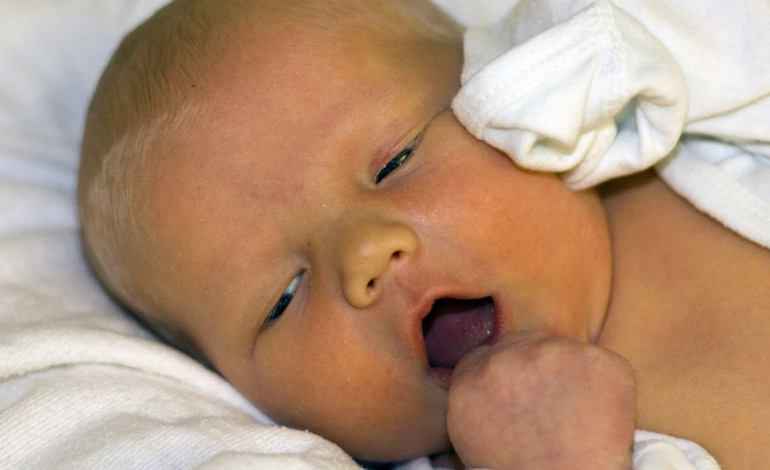Abdali Hospital - 25th floor - Amman - Jordan

Newborn jaundice: is when your baby’s skin and the white parts of his eyes look yellow. It’s caused by the build-up of a substance in the blood called bilirubin.
- Jaundice is one of the most common conditions that can affect newborn babies.
- It's estimated 6 out of every 10 babies develop jaundice, including 8 out of 10 babies born prematurely before the 37th week of pregnancy.
- Jaundice usually happens a few days after birth. Most of the time, it’s mild, doesn’t hurt your baby and goes away without treatment. But if a baby has severe jaundice and doesn’t get quick treatment, it can lead to brain damage.
What causes jaundice in newborns?
• Blood type mismatches, like Rh factor difference, a number of babies have different blood types than their mothers.
• Internal bleeding, this is bleeding inside the body.
• A problem with your baby’s liver, your baby’s liver may not work well if he has an infection.
• A problem with your baby’s red blood cells, some babies have too many red blood cells.
• A genetic condition, like G6PD deficiency.
• An infection, like sepsis, this is an infection in your baby’s blood.
● Some babies are more likely than others to have jaundice. These include:
1. Premature babies.
2. Breastfed babies, especially babies who aren’t breastfeeding well.
How do you know if your baby has jaundice?
-When a baby has jaundice, a yellowish color usually first appears on his face. It then may spread to his chest, belly, arms, legs and white parts of his eyes.
Call your baby’s health care provider right away if your baby:
• Looks very yellow, orange or greenish-yellow
• Is hard to wake up or won’t sleep at all
• Has trouble breastfeeding or sucking from a bottle
• Has too few wet or dirty diapers
How is jaundice treated?
Treatment is usually only recommended if tests show very high levels of bilirubin in baby's blood, bilirubin could pass into the brain and cause brain damage.
1. phototherapy – a special type of light shines on the skin, which alters the bilirubin into a form that can be more easily broken down by the liver
2. an exchange transfusion – where your baby's blood is removed using a thin tube (catheter) placed in their blood vessels and replaced with blood from a matching donor; most babies respond well to treatment and can leave hospital after a few days
References:
• Marsh Of Dimes
• NHS